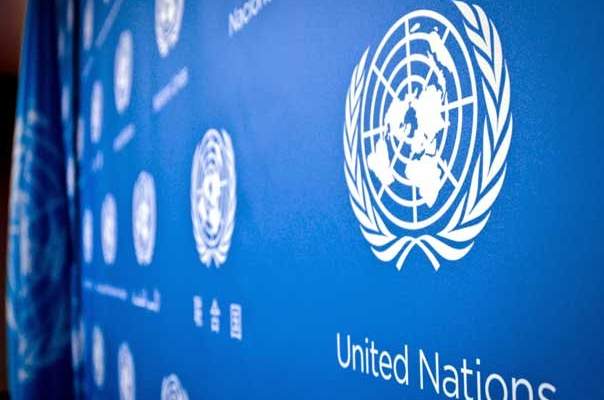United Nations World Food Program Executive Director David Beasley warned that “the world is facing an emergency of unprecedented proportions” and explained that “345 million people face acute food insecurity in the 82 countries where the program operates, i.e. equivalent to two and a half times the number of people who were severely food insecure before the coronavirus pandemic that hit in 2020.
During a speech before the UN Security Council, he pointed out that “it is very disturbing that 50 million of these people in 45 countries are suffering from very serious malnutrition and on the verge of starvation”, and added: “What a wave of hunger was now a tsunami.” “From hunger,” referring to the escalation of the conflict, the ripple economic consequences of the pandemic, climate change, high fuel prices and the war in Ukraine.
“Since Russia invaded its neighbor on Feb. 24, rising food, fuel and fertilizer prices have brought 70 million people closer to starvation,” Beasley said.
Despite a July agreement allowing the shipment of Ukrainian grain from three Russian-blocked Black Sea ports and ongoing efforts to get Russian fertilizer back on world markets, “there is a real and serious risk of multiple famines this year, and in 2023, a price crisis could develop. The current food crisis will lead to a food affordability crisis if we don’t act.”
While the Security Council is focusing on conflict-induced food insecurity and the threat of famine in Ethiopia, northeast Nigeria, South Sudan and Yemen, Beasley and United Nations Humanitarian Coordinator Martin Griffiths have warned of a “food crisis in Somalia, which they visited. just recently.” Griffiths also put Afghanistan at the top of the list.
Griffiths explained that “there will be a famine in Somalia and you can be sure it won’t be the only place.” He cited recent estimates that found “hundreds of thousands of people are facing catastrophic levels of hunger, meaning they are at the worst level of hunger.”
Source: El Nashra
